Home>Gardening & Outdoor>Pool & Spa Care>How Many Calories Do You Burn In Hot Tub
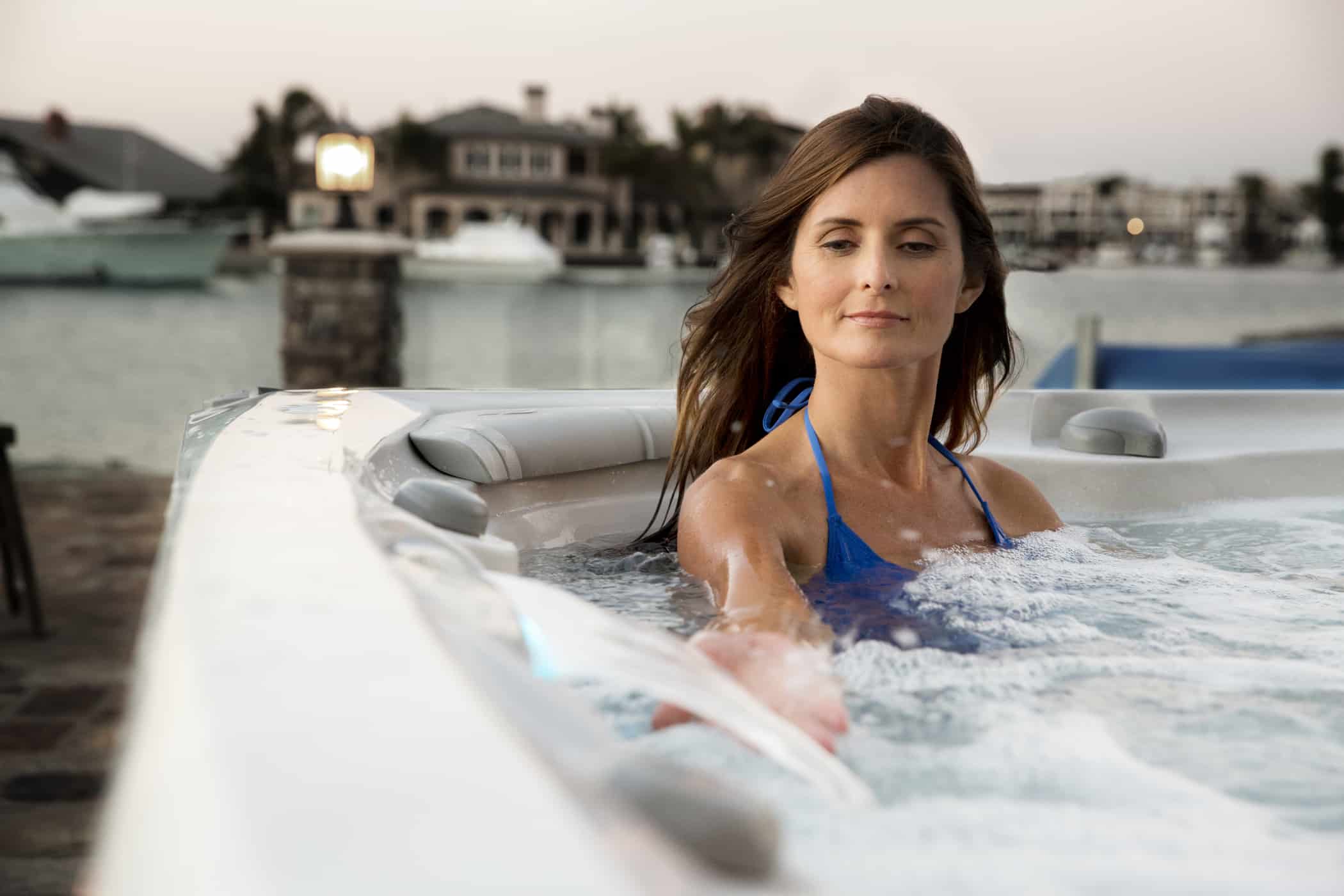

Pool & Spa Care
How Many Calories Do You Burn In Hot Tub
Modified: January 9, 2024
Discover how many calories you can burn in a hot tub and the benefits of pool and spa care. Learn about the health and wellness benefits of hot tubs.
(Many of the links in this article redirect to a specific reviewed product. Your purchase of these products through affiliate links helps to generate commission for Storables.com, at no extra cost. Learn more)
Introduction
When it comes to relaxation and rejuvenation, soaking in a hot tub is a delightful experience that many people cherish. The warm water, massaging jets, and tranquil atmosphere create the perfect setting for unwinding after a long day. However, beyond its soothing effects, have you ever wondered about the potential health benefits of spending time in a hot tub? One intriguing aspect that often piques interest is the number of calories burned while indulging in this therapeutic activity.
While hot tubs are primarily associated with leisure and stress relief, they also offer a unique opportunity to engage in passive calorie burning. Understanding the factors that influence calorie expenditure in a hot tub, as well as the methods for calculating this energy expenditure, can provide valuable insights into the potential impact of hot tub use on weight management. In this article, we will delve into the factors affecting calorie burn in a hot tub, explore the methods for calculating calories burned, and discuss the potential benefits of hot tub use for weight management. Let’s embark on a journey to uncover the surprising connection between hot tub relaxation and calorie burning.
Key Takeaways:
- Relaxing in a hot tub can help burn calories passively through factors like water temperature, immersion depth, and hydrotherapy jets, supporting weight management in a tranquil and enjoyable way.
- Hot tub use offers benefits beyond relaxation, including stress reduction, improved sleep, enhanced recovery, circulation stimulation, and mindfulness, making it a valuable addition to a holistic weight management plan.
Factors Affecting Calorie Burn in Hot Tub
Several key factors influence the rate at which calories are burned in a hot tub. Understanding these variables can provide valuable insights into the potential calorie-burning effects of hot tub use.
- Water Temperature: The temperature of the hot tub water plays a significant role in calorie expenditure. When the water is heated to a higher temperature, the body’s natural cooling mechanisms are activated, leading to increased energy expenditure. As a result, spending time in a hotter tub may lead to a higher calorie burn compared to a cooler one.
- Immersed Depth: The depth to which an individual is submerged in the water can impact calorie burning. Deeper immersion requires the body to work harder to maintain buoyancy and stability, potentially leading to greater energy expenditure.
- Hydrotherapy Jets: The presence of hydrotherapy jets in a hot tub can contribute to increased calorie burn. The massaging action of the jets stimulates blood flow and engages muscles, potentially enhancing the overall energy expenditure during hot tub relaxation sessions.
- Duration of Soaking: The duration of time spent in the hot tub is a crucial factor in determining the total calorie burn. Longer sessions allow for sustained relaxation and potential calorie-burning effects, especially when combined with gentle movements or stretching exercises in the water.
- Individual Body Composition: The unique body composition of each individual, including factors such as muscle mass, metabolism, and overall fitness level, can significantly influence the rate at which calories are burned during hot tub use. Individuals with higher muscle mass may experience greater energy expenditure due to the body’s increased metabolic demands.
By considering these factors, individuals can gain a deeper understanding of how various elements contribute to the potential calorie-burning effects of hot tub relaxation. The interplay of water temperature, immersion depth, hydrotherapy jets, soaking duration, and individual body composition collectively influences the overall energy expenditure during hot tub sessions.
Calculation of Calories Burned in Hot Tub
Estimating the number of calories burned during hot tub use involves considering several variables and employing practical methods for calculation. While the precise calorie expenditure can vary based on individual factors, there are general approaches to gauge the potential energy expenditure during hot tub relaxation.
Metabolic Equivalents (METs): METs are a measurement unit used to estimate the energy cost of various activities, including those performed in a hot tub. The MET value represents the ratio of the rate of energy expenditure during a specific activity to the rate of energy expenditure at rest. For hot tub use, the MET value can be influenced by factors such as water temperature, immersion depth, and physical movements performed while soaking.
Heart Rate Monitoring: Monitoring heart rate during hot tub sessions can offer insights into the intensity of the activity and the potential calorie-burning effects. While the water’s buoyancy may lower heart rate compared to land-based activities, the body’s response to the warm water and gentle movements can still contribute to energy expenditure. By tracking heart rate and considering the individual’s age, weight, and gender, it is possible to estimate calorie burn using heart rate-based formulas.
Calorimetry: Calorimetry, the measurement of heat transfer during chemical reactions or physical changes, provides a scientific approach to estimating the energy expenditure in a hot tub. While direct calorimetry may not be practical for everyday use, indirect calorimetry methods, which involve measuring oxygen consumption and carbon dioxide production, can offer valuable insights into the body’s energy utilization during hot tub relaxation.
Estimation Formulas: Various estimation formulas, such as those based on MET values, heart rate data, and body weight, can be used to calculate the potential calorie burn during hot tub use. These formulas take into account the duration of soaking, water temperature, and the individual’s physical characteristics to provide an estimate of energy expenditure. While these formulas offer approximations rather than precise measurements, they can serve as valuable tools for understanding the potential calorie-burning effects of hot tub relaxation.
By considering these methods and factors, individuals can gain a better understanding of the potential calorie burn associated with hot tub use. While precise calculations may be challenging due to the dynamic nature of hot tub relaxation, these approaches provide valuable insights into the potential energy expenditure and the role of hot tub sessions in overall calorie management.
Sitting in a hot tub can help you burn calories, but the amount varies based on factors like water temperature and your body weight. On average, a 150-pound person can burn around 17 calories in 15 minutes.
Benefits of Hot Tub for Weight Management
While hot tubs are widely recognized for their relaxation and therapeutic benefits, they also offer unique advantages for individuals seeking to manage their weight and promote overall well-being. Incorporating hot tub use into a comprehensive weight management plan can provide a range of potential benefits that contribute to a healthy lifestyle.
- Passive Calorie Burning: The gentle heat and hydrotherapy action of hot tubs create an environment conducive to passive calorie burning. By engaging in relaxing sessions in the hot tub, individuals may experience increased energy expenditure, contributing to overall calorie management efforts.
- Stress Reduction: Chronic stress can significantly impact weight management and overall health. Hot tub relaxation offers a tranquil setting to alleviate stress and promote relaxation, potentially reducing the likelihood of stress-related overeating or unhealthy coping mechanisms.
- Improved Sleep Quality: Quality sleep plays a vital role in weight management and overall wellness. The calming effects of hot tub use can contribute to improved sleep quality, potentially enhancing the body’s natural metabolic processes and supporting healthy weight management.
- Enhanced Recovery: For individuals engaging in physical activity as part of their weight management routine, hot tub sessions can aid in post-exercise recovery. The warm water and massaging jets can help soothe muscles, reduce post-workout discomfort, and support overall exercise consistency.
- Stimulation of Circulation: The hydrotherapy action of hot tub jets can promote circulation and blood flow, potentially supporting the body’s natural metabolic processes. Improved circulation may contribute to overall energy levels and vitality, supporting an active lifestyle conducive to weight management.
- Relaxation and Mindfulness: Hot tub use provides an opportunity for individuals to engage in mindful relaxation, fostering a positive mindset and reducing the likelihood of stress-induced eating or emotional overeating. Cultivating a sense of mindfulness can support healthy eating habits and overall well-being.
By integrating hot tub use into a holistic approach to weight management, individuals can harness the potential benefits of passive calorie burning, stress reduction, improved sleep, enhanced recovery, circulation stimulation, and mindfulness cultivation. While hot tubs are not a standalone solution for weight management, they can complement a balanced diet, regular physical activity, and healthy lifestyle practices, contributing to a comprehensive approach to achieving and maintaining a healthy weight.
Conclusion
Hot tub relaxation offers a multifaceted experience that extends beyond mere leisure, encompassing potential benefits for weight management and overall well-being. By exploring the factors influencing calorie burn in a hot tub and the methods for estimating energy expenditure, individuals can gain valuable insights into the potential impact of hot tub use on their health and lifestyle.
Understanding the interplay of water temperature, immersion depth, hydrotherapy jets, soaking duration, and individual body composition provides a comprehensive perspective on the potential calorie-burning effects of hot tub relaxation. While the precise calculation of calories burned in a hot tub may pose challenges due to the dynamic nature of the activity, practical methods such as MET estimation, heart rate monitoring, calorimetry, and estimation formulas offer valuable tools for gauging potential energy expenditure.
Moreover, the benefits of hot tub use for weight management extend beyond passive calorie burning, encompassing stress reduction, improved sleep quality, enhanced recovery, circulation stimulation, and mindfulness cultivation. By integrating hot tub sessions into a holistic approach to weight management, individuals can leverage the potential advantages of hot tub relaxation to complement their overall health and wellness goals.
As individuals embark on their journey to achieve and maintain a healthy weight, hot tub relaxation can serve as a valuable component of a balanced lifestyle, offering a sanctuary for relaxation, rejuvenation, and potential calorie management. By embracing the unique benefits of hot tub use and incorporating it into their wellness routine, individuals can cultivate a harmonious approach to weight management and overall well-being.
Ultimately, the combination of passive calorie burning, stress reduction, improved sleep, enhanced recovery, circulation stimulation, and mindfulness cultivation through hot tub use contributes to a comprehensive strategy for achieving and maintaining a healthy weight. Embracing the potential benefits of hot tub relaxation empowers individuals to enhance their overall quality of life while pursuing their weight management goals.
Frequently Asked Questions about How Many Calories Do You Burn In Hot Tub
Was this page helpful?
At Storables.com, we guarantee accurate and reliable information. Our content, validated by Expert Board Contributors, is crafted following stringent Editorial Policies. We're committed to providing you with well-researched, expert-backed insights for all your informational needs.


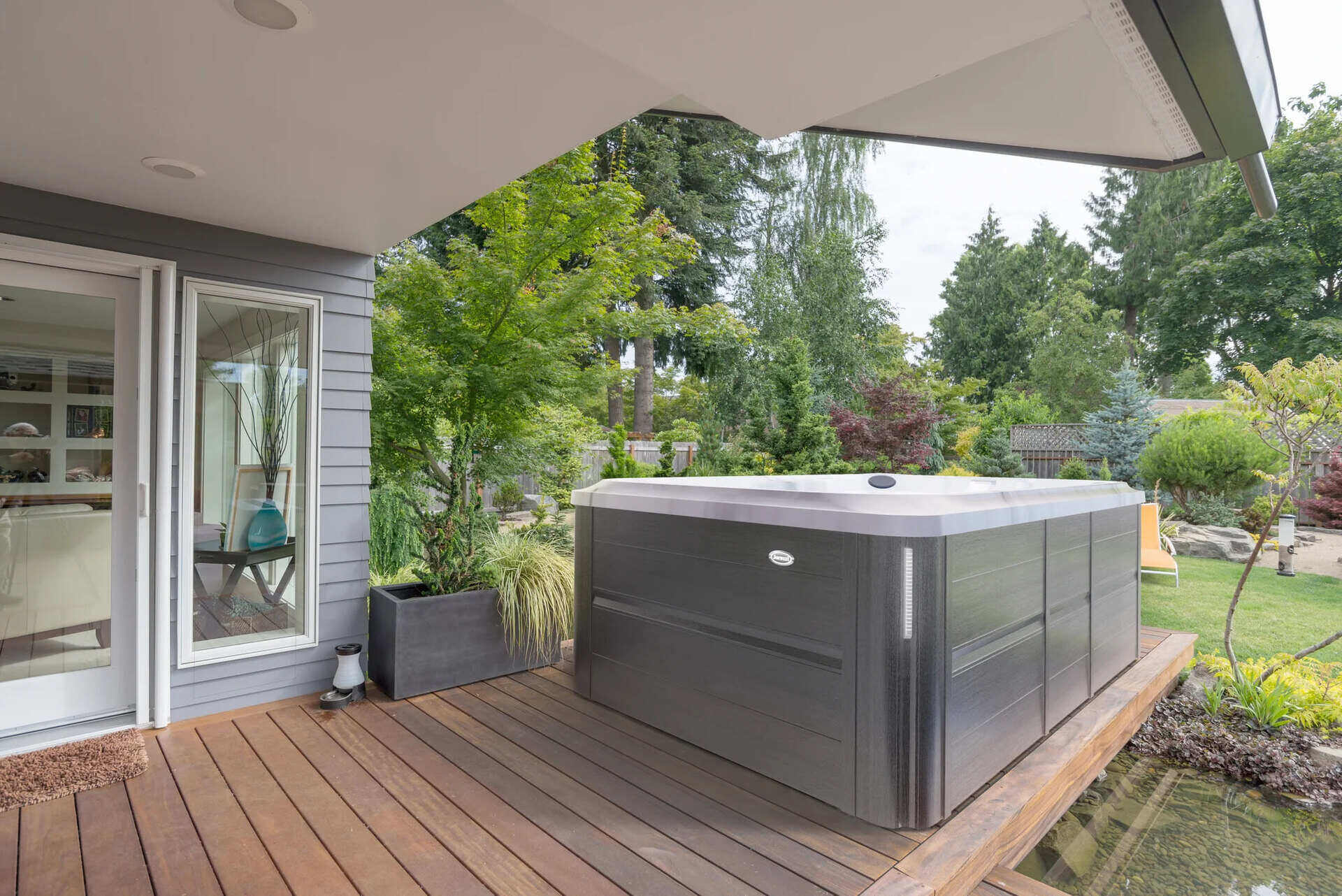


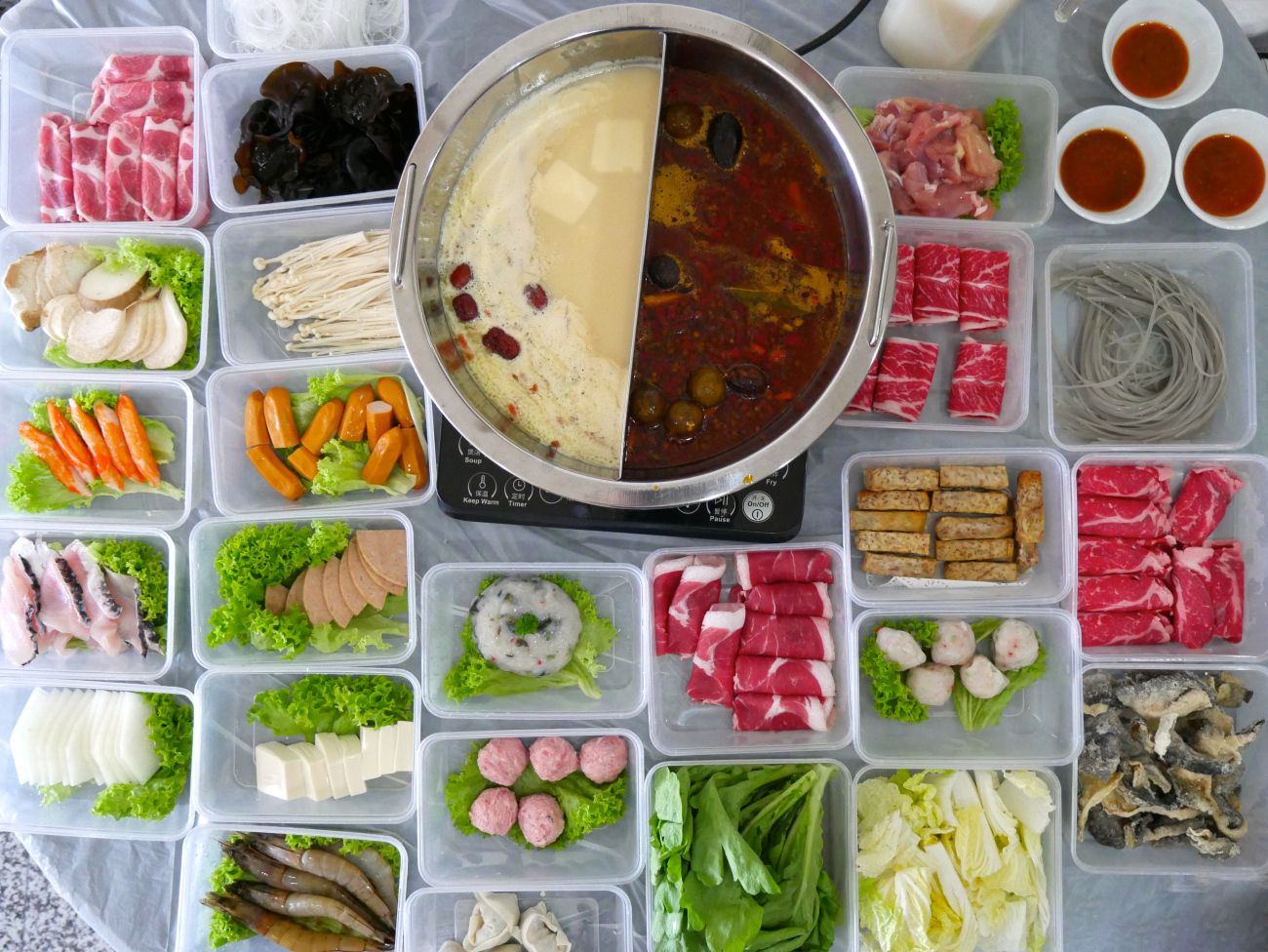
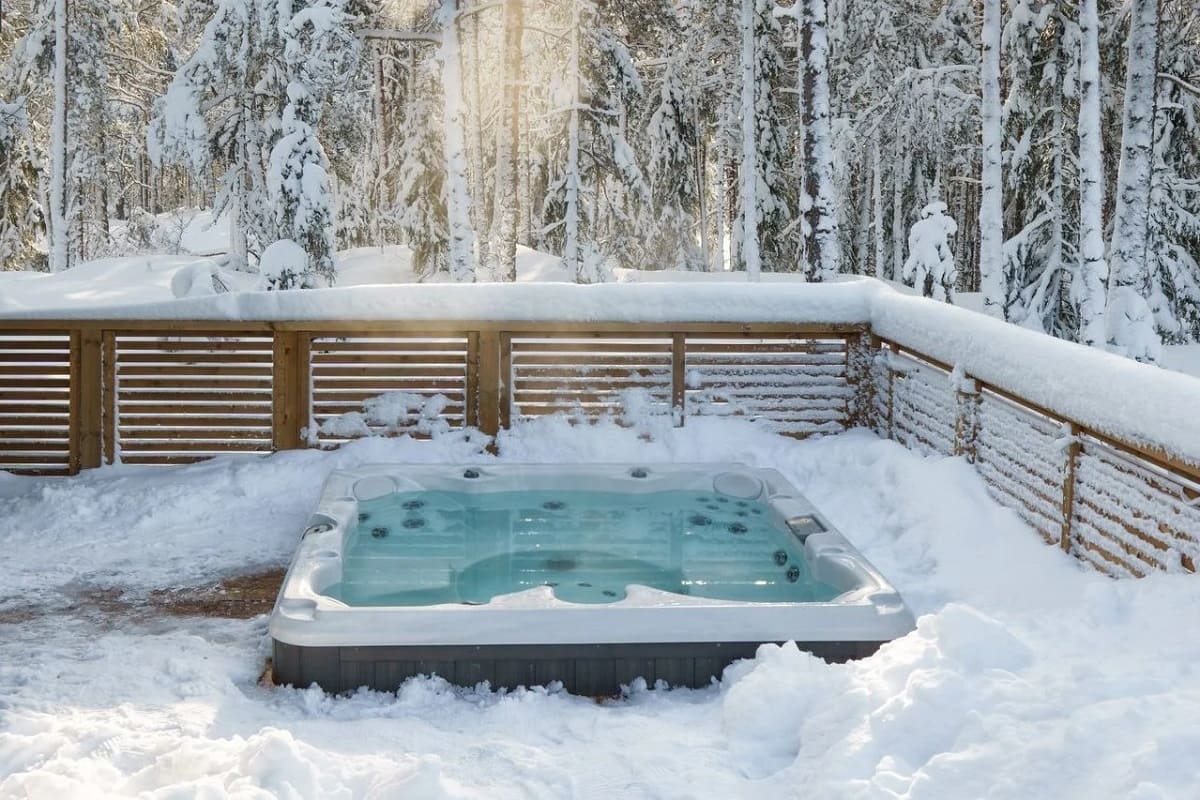
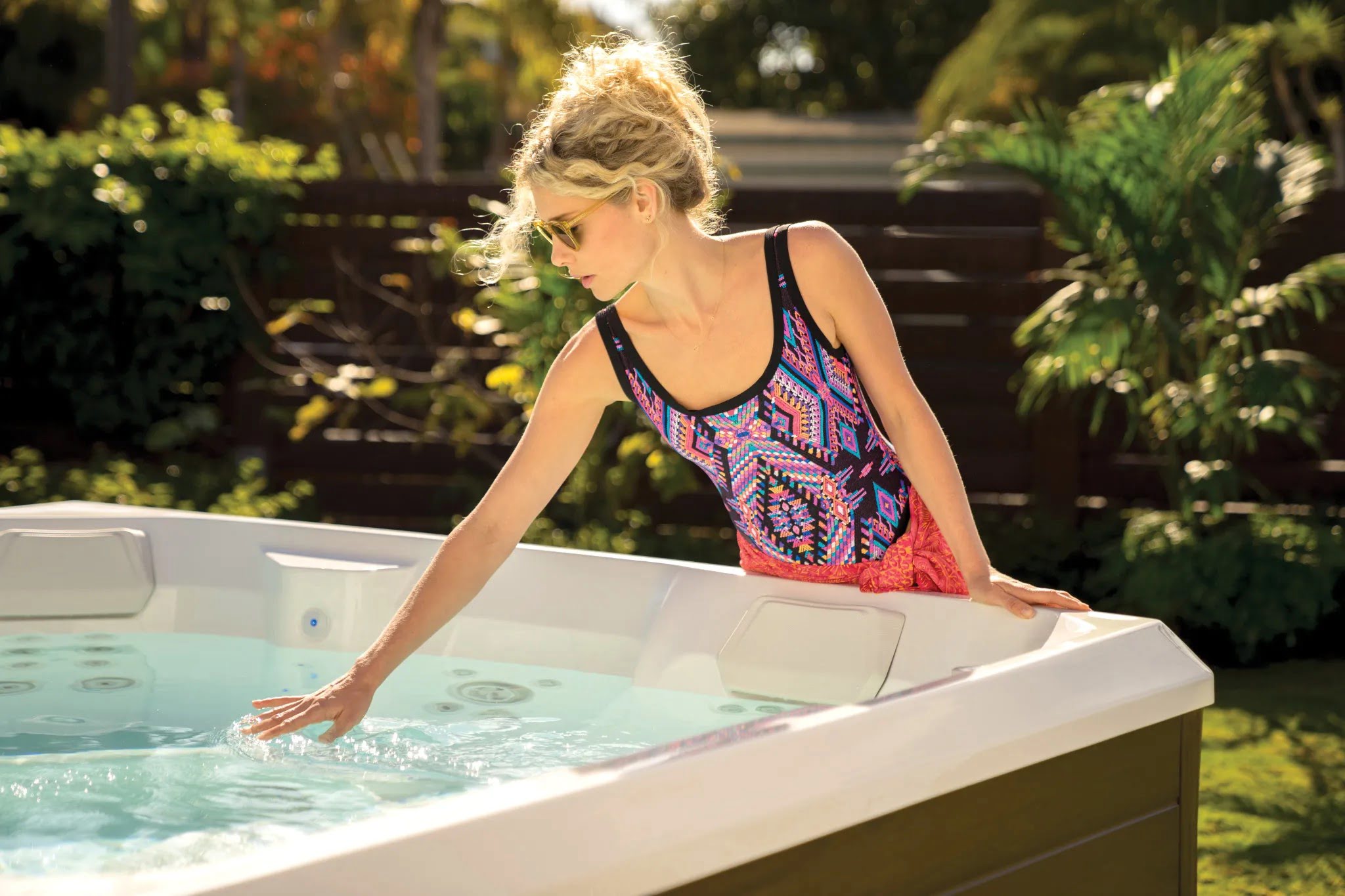
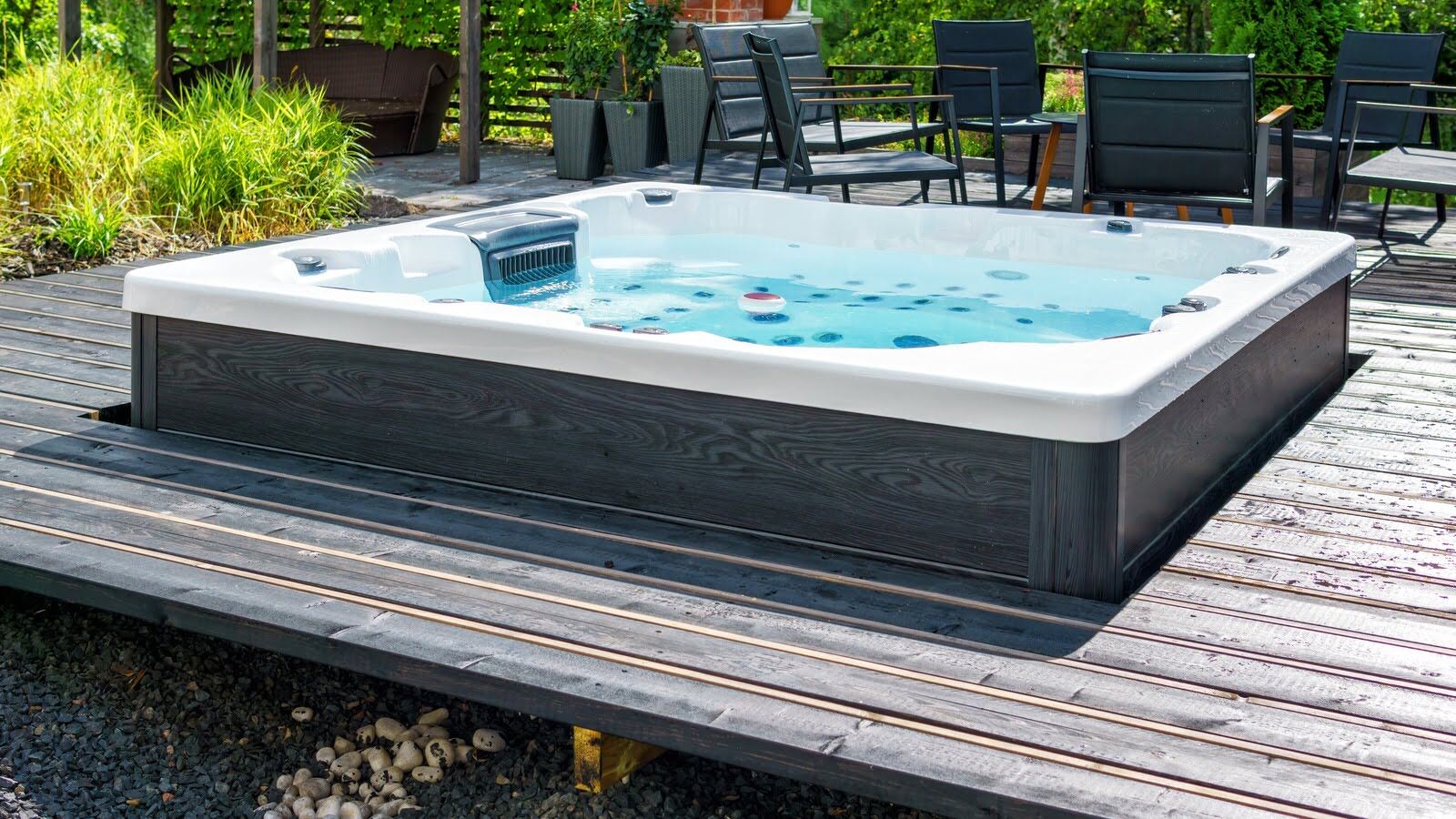




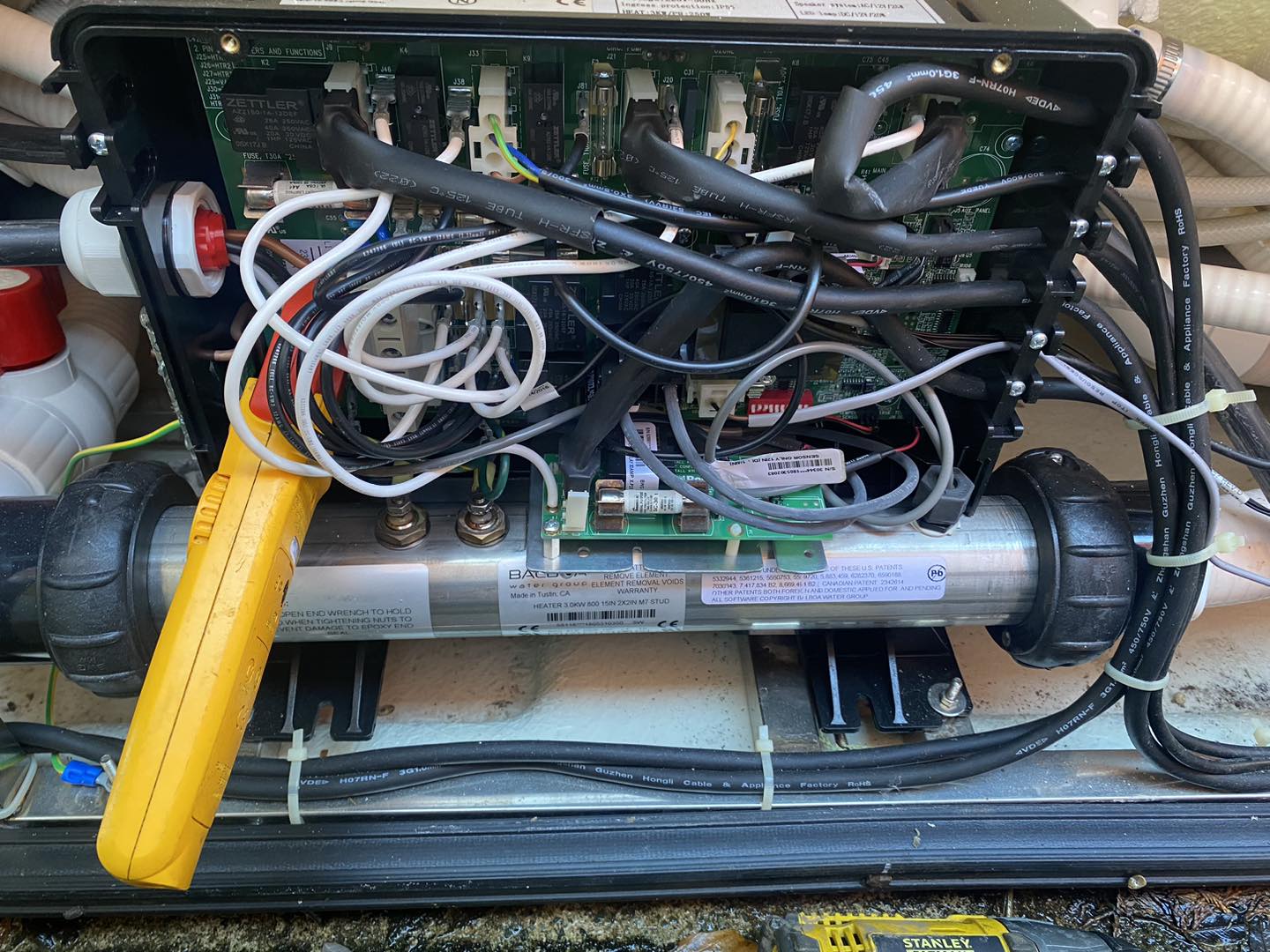
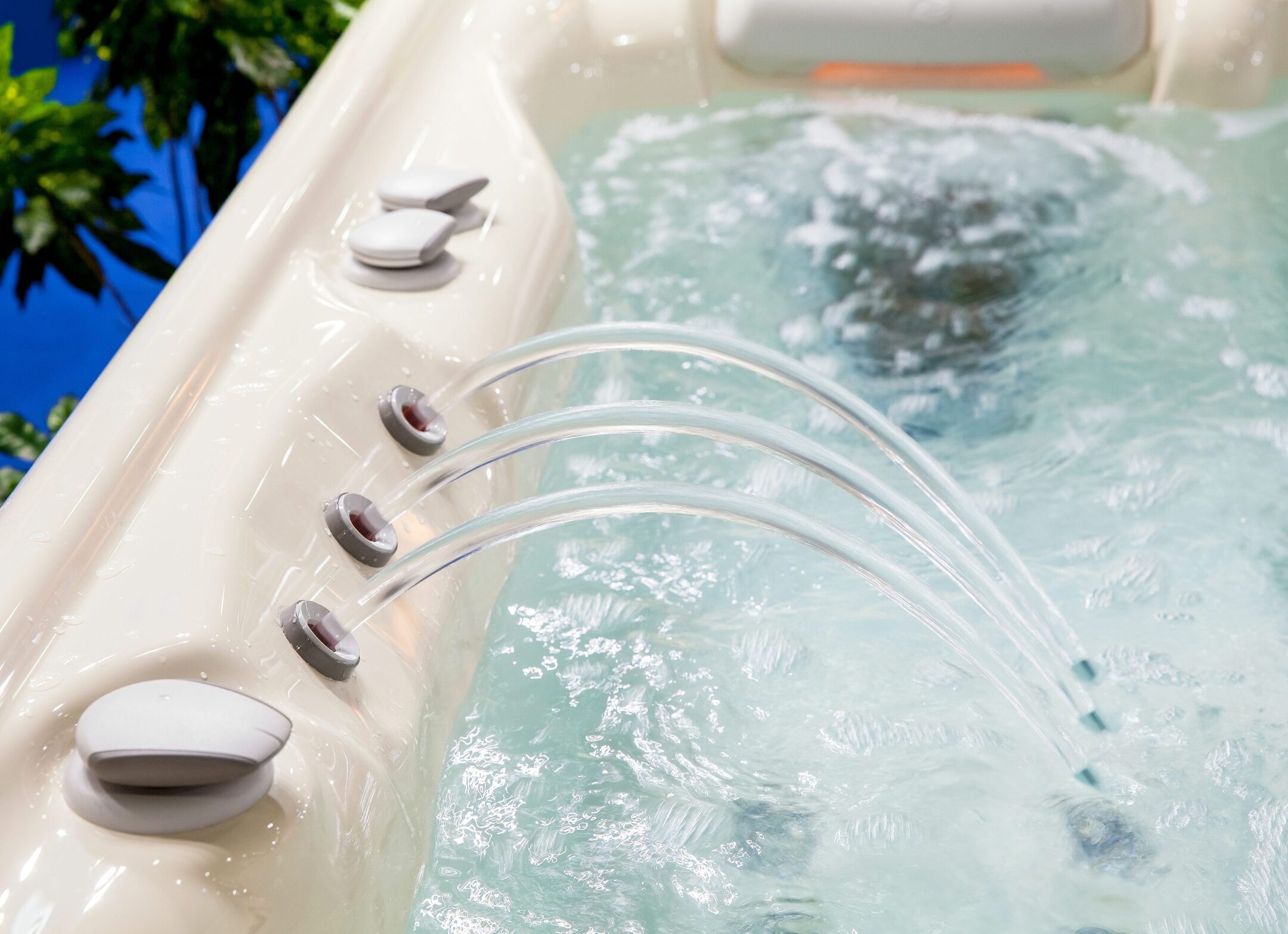

0 thoughts on “How Many Calories Do You Burn In Hot Tub”